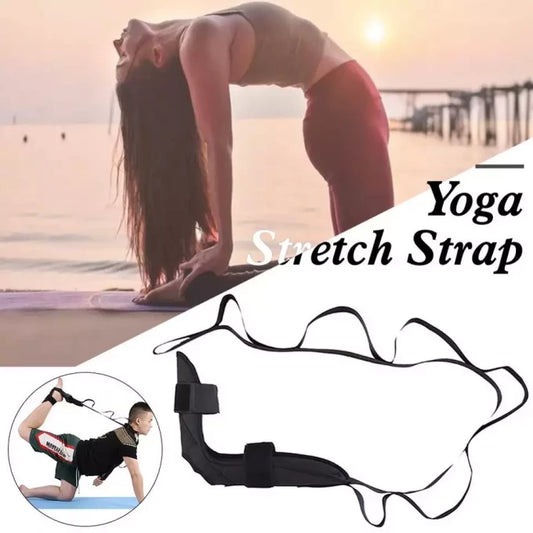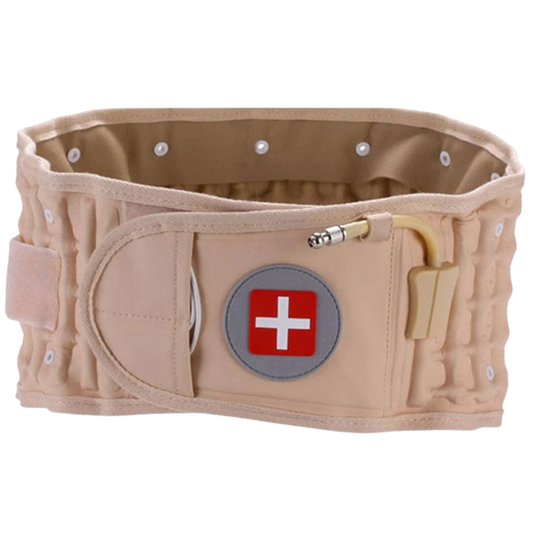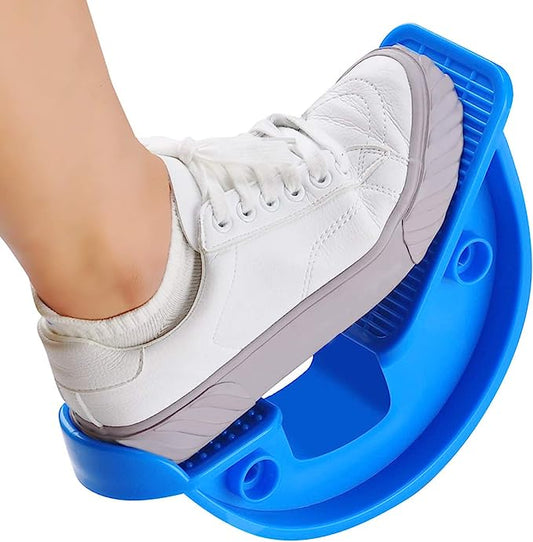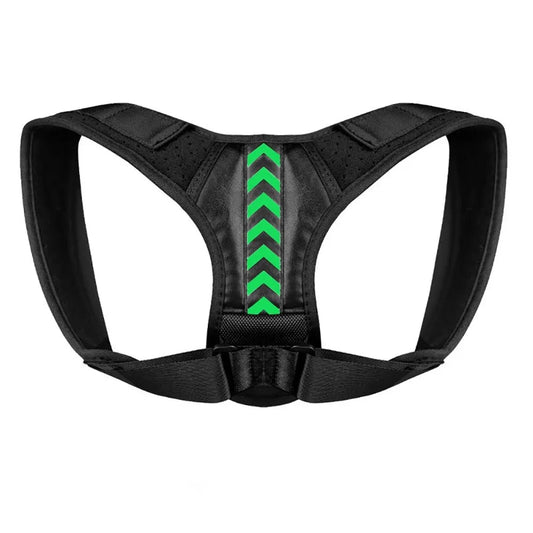What is the Lat Pulldown exercise?
The Lat Pulldown involves pulling on a bar, attached to a cable pulley system, from above the head down towards the chest. The bar is normally a wide bar, with bends for use with both arms and the exercise is intended to target the lat muscles, the large muscles on the side of the back that are most responsible for shoulder adduction, drawing the arms in towards the body. A popular exercises amongst body builders, the lat pulldown helps to create a wide winged or athletic V-shape.
This is how to setup and do the standard seated lat pulldown exercise:
- Set the pin to vary the weight to be lifted.
- Set the knee pad to the right height. Your knees should be at 90 degrees and your feet flat on the floor.
- Grab the bar wide of the bends with an overhand grip. Sit down at the Lat Pulldown machine directly under the lat bar.
- Start with your arms fully extended. Keep your knees at a 90 degree angle and maintain a slight arch in your lower back (neutral spine). Lean back ever so slightly to prevent the bar hitting your face and keep your chest lifted and your chin tucked in slightly. Your neck should be in neutral (not looking up and not looking down but looking slightly above the horizon without your chin jutting forward).
- Pull the bar towards your chest as fully as possible by engaging your lat muscles, situated just under your armpits each the side of the back. As the bar moves closer to your chest, start to engage the muscles between your shoulder blades, the rhomboids and trapezius muscles by squeezing your shoulder blades together and down. This will prevent your shoulders from ‘rounding’ and ‘hunching’. Keep your elbows pointing directly downwards to avoid an inward rotation of the shoulders.
- Avoid overarching your lower back by engaging your lower abdominals. Avoid swinging backwards as the weight is pulled by keeping your chest as high as possible and directly over your hips (you may lean very slightly backwards as the weight is pulled down to avoid the bar hitting your face).


Technique And Alignment
Push your chest out
Imagine pushing your chest forward and up. In doing so, don’t over arch from your lower back so lift your chest as high as possible before your lower back starts to overextend.
Engage your lats: The lats are attached from the spinal vertebra at the base of the thoracic spine and the lumbar spine, ribs, top of the pelvis and shoulder blade to the top of the upper arm. Imagine squeezing the area from your armpits to your lower spine and drawing your shoulder blades together.
Squeeze your shoulder blades together
The rhomboids and trapezius move the shoulder blades closer together. Contract these muscles by imagining your shoulder blades moving towards each other to initiate and maintain throughout the whole repetition.
Activate your abs
This will prevent your lower back from overarching and protect your spine as you maintain a high chest position.
Look just above the horizon
If your eyes are looking just above the horizon, it will be easier to keep your chest up.
Tuck your chin in
If someone has forward shoulders and a dropped chest due to tight chest muscles and weak upper back muscles, they will start to develop a rounded posture. The neck compensates by extending. The head will position itself forward relative to the shoulders, the deep neck flexors become weak and a ‘forward head posture’ is developed.
No swinging
If the bar can’t be pulled down, your body may compensate by swinging backwards too much but this may encourage a bad posture or injury.
Breathe in as the bar moves up, breathe out as it moves down
We think of breathing as a way of fueling the body with oxygen but it is more than that. By filling your lungs with air into the abdominal region, preferably through your nose, you will activate your diaphragm muscles which enhance core activation. The core pressure helps to stabilize your spine and lift more weight. Breathing out through pursed lips can help prevent a quick release of air and avoid spinal destabilization.
Keep your fists in line with your elbows
If your elbows move backwards, your shoulders are encouraged to rotate inwards and this can cause your chest to drop and your posture to round. In doing so, you create a less optimal position for recruiting the Latissimus dorsi muscles.
Benefits of Lat Pulldowns
The Lat pulldown is a safe exercise that helps strengthen the muscles required for the pull up. It can be adapted for those with special requirements such as for athletes who have a unilateral injury, an injury to the lower body or for the beginner lifter.
It is a popular exercise amongst body builders since with the correct form, it is very effective at isolating the latissimus dorsi muscles, creating an impressive back width and V-tapered physique.
The pulldown is an open chain exercise. An open chain exercise is defined as when the load or extremity moves in relation to a fixed body. Compare this to the pull up, a closed chain exercise, during which the body moves in relation to a stationery bar. Instead of using body weight, the load can be adjusted in a pulldown and this enables a gradual progression towards the pull up exercise.
The Lat pulldown can be varied with body position, equipment, grip and range of motion to target different muscles and in the case of an injury.
Common mistakes/ safety concerns
Bar lowered behind the head
If the bar is lowered behind the head, the shoulder is forced into a high degree of outward rotation and extension. Some may have the flexibility to cope with these angles but some will not and the debate is whether lowering the bar behind the head has any benefits from a muscle recruitment point of view.
A study, at the University of Miami, investigated the recruitment of with EMG activity when subjects used different hand positions. It was found that electrical activity was greater for the eccentric portion of the lift (when the bar is raised), when the weight pulled behind the head in comparison to when a supine grip in front of the body.
In contrast, activity for the latissimus dorsi muscles was greater when the weight was pulled in front of the body both for the concentric and eccentric portion of the lift. It also seemed that there was a mechanical advantage when pulling the bar down in front of the body as higher loads could be used. It seems, from this research there is a clear advantage when pulling the weight in a wide grip position in front of the body in comparison to either a close grip or reverse grip position. At the start of the lift, the shoulder starts in a more horizontally abducted position and the latissimus dorsi are relied upon more.
Compare pulling the bar behind the head. In fact, this position requires even more horizontal abduction but as the scapula are drawn so far back, less extension occurs because the bar moves in a more precise 12 to 6 o’clock line behind the head. The shoulder girdle depresses more and the trapezius and rhomboids are recruited to do more work at the cost of the latissimus dorsi.
Pulling the bar down behind the head may encourage the head to move forward and therefore tighten the sternocleidomastoid, scalene and levator scapulae muscles which over time can lead to a forward head posture. This has been found to be a cause of neck injury and headaches (Yip, Chiu and Poon, 2008).
Grip too wide
The biacromial width is the space between the two shoulder bones, the acromions, marked with the blue arrow. This is classified as a narrow grip. If the grip is medium or wide, either 1.5 or 2 times the biacromial width, latissimus dorsi recruitment is greater. A grip that is too wide can decrease range of motion and irritate the shoulder joint.
Swinging
Swinging backwards is a common error seen with the Lat pulldown. The athlete tries to use momentum to lift more weight but this can place dynamic stress through the spine and will reduce isolation of key muscles.
Lat Pulldown Drawbacks
Seated exercises are in general less advanced from a sport specific point of view. There are not so many sports that involve sitting down.
Scientists have concluded that closed chain exercises, where the external forces are fixed in relation to the body are more functional than open chain exercises (Doma, Deakin and Ness (2013)).
Over time a poor Lat pulldown technique can actually worsen posture if not performed correctly.
If the wrong technique is used or if the athlete is not flexible enough through the spine or shoulder, rotator cuff injuries may result.
Compression to cervical spine discs can occur if performed behind the head as the cervical spine can flex too much.




